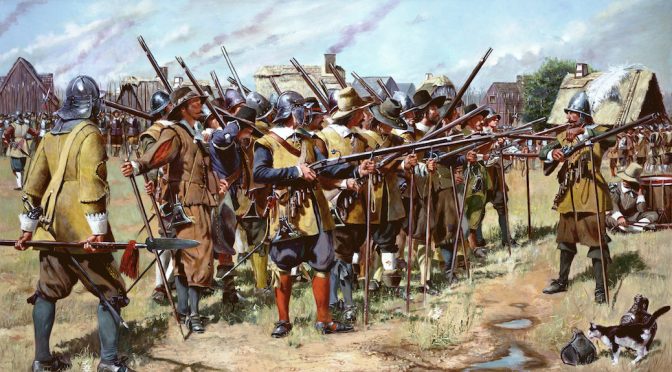Today, writes Ben Daus-Haberle, the Militia Clauses of the Constitution lead a curious double life. The Second Amendment’s preamble stars in gun rights debates, but when the conversation shifts to the War Powers, these Clauses drop almost entirely from view. The result is a War Powers literature strikingly silent about the Militia Clauses. Yet the founders regarded the militia as a key military resource. To them, the militia was the “great Bulwark of our Liberties and independence,” and they structured the Constitution with this bulwark in mind.
This paper returns the Militia Clauses to view to explore how they shaped the War Powers. While scholars have occasionally considered the clauses in isolation, the full dimensions of this regime only become visible when the clauses are examined intratextually—that is, in dialogue with each other and the rest of the constitutional text.
Doing so both illuminates the original functioning of the War Powers and prevents misunderstandings that can arise when individual clauses are considered in isolation.

